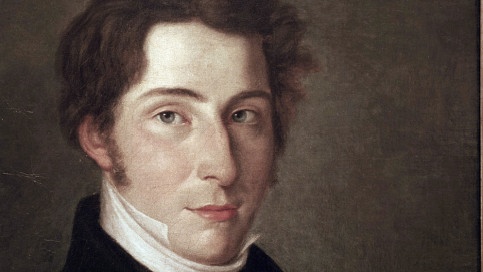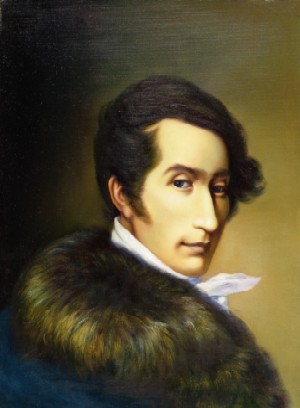Carl Maria von Weber, a pivotal figure in the Romantic era of classical music, is celebrated for his contributions to opera, orchestral music, and chamber compositions. His innovative use of orchestration, melodic inventiveness, and exploration of new musical forms significantly influenced later composers like Wagner, Berlioz, and Liszt. Here, we explore ten of Weber’s most outstanding compositions, each showcasing his genius and lasting impact on the world of classical music.
1. Der Freischütz (The Marksman)
Weber’s opera Der Freischütz (1821) is one of his most celebrated works and a cornerstone of German Romantic opera. The story, blending folklore with the supernatural, is brought to life through Weber’s vivid orchestration and memorable arias, such as “Leise, leise, fromme Weise” and the famous “Wolf’s Glen” scene.
2. Oberon, or The Elf King’s Oath
This opera, completed in 1826, was Weber’s final composition and is notable for its intricate orchestration and lyrical melodies. The overture is particularly famous, encapsulating the fairy-tale ambiance of the story with its delicate instrumentation and thematic development.
3. Invitation to the Dance (Aufforderung zum Tanz), Op. 65
Originally written for piano solo in 1819, Invitation to the Dance is a charming rondo that depicts the elegance of a ballroom dance. It was later orchestrated by Hector Berlioz, further enhancing its popularity. The piece is a brilliant example of Weber’s ability to blend lightness with virtuosic flair.
4. Clarinet Concerto No. 1 in F minor, Op. 73
Composed in 1811, this concerto showcases Weber’s exceptional skill in writing for the clarinet, an instrument he elevated to new artistic heights. The work features a rich dialogue between the soloist and orchestra, with a lyrical Adagio and a spirited final Rondo.
5. Clarinet Concerto No. 2 in E-flat major, Op. 74
Also composed in 1811, the second clarinet concerto further explores the expressive capabilities of the instrument. Its Allegro is filled with exuberant melodies, while the central Romanza offers a beautiful, lyrical contrast. The finale is a showcase of virtuosic brilliance.
6. Piano Sonata No. 4 in E minor, Op. 70
Weber’s fourth piano sonata, composed in 1822, is a substantial work that combines virtuosic demands with lyrical expression. The piece is structured in four movements, with a particularly notable Andante con moto that showcases Weber’s melodic gift.
7. Symphony No. 1 in C major, Op. 19
Weber’s first symphony, composed in 1806-1807, reflects the influence of Mozart and Haydn while hinting at Weber’s emerging Romantic style. The symphony is light-hearted and energetic, with a particularly charming Andante.
8. Symphony No. 2 in C major, Op. 20
Completed shortly after his first symphony, this work continues to exhibit Weber’s classical roots. However, it also demonstrates his growing command of orchestral color and structural innovation, particularly in the lively Scherzo and the vigorous final Allegro.
9. Concertino for Clarinet and Orchestra in E-flat major, Op. 26
Composed in 1811, this one-movement work is a favorite among clarinetists for its expressive range and technical demands. The Concertino features a dramatic opening, a lyrical Andante, and a lively Polacca, demonstrating Weber’s flair for melodic invention and virtuosity.
10. Piano Concerto No. 2 in E-flat major, Op. 32
Weber’s second piano concerto, composed in 1812, is a masterpiece of the Romantic piano repertoire. The concerto combines lyrical beauty with dazzling technical passages, particularly in the final Rondo. Its slow movement, an expressive Adagio, is a highlight for its depth and emotion.
Conclusion
Carl Maria von Weber’s contributions to music, particularly in the realms of opera and orchestral music, have left an indelible mark on the Romantic era and beyond. His innovative use of orchestration, mastery of melody, and ability to infuse his works with dramatic and emotional depth make him a pivotal figure in music history. The ten compositions highlighted here offer a glimpse into Weber’s genius, providing listeners with a rich tapestry of Romantic expression and artistic brilliance.


Comments are closed